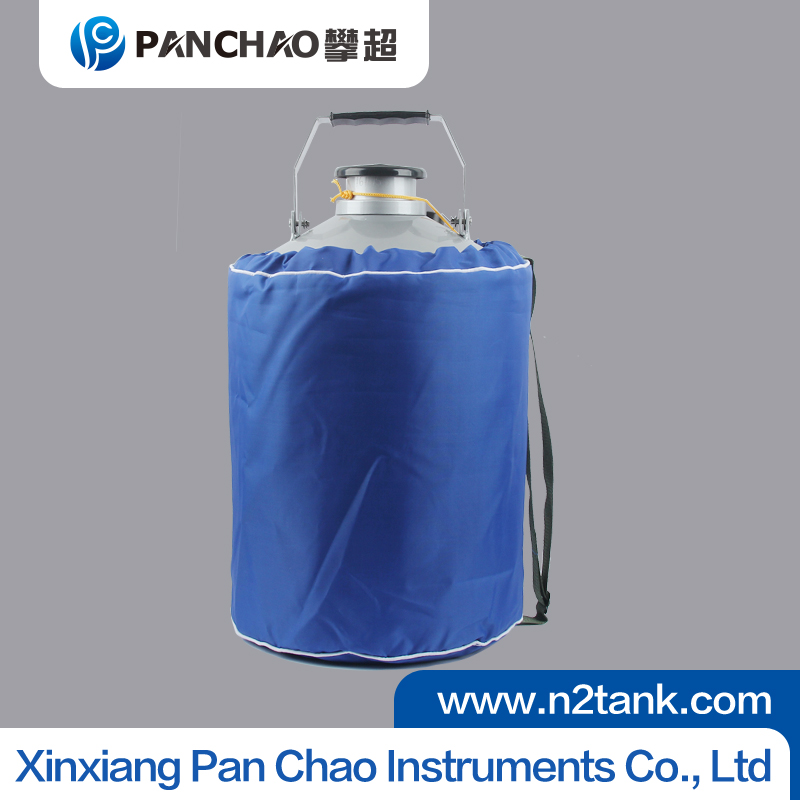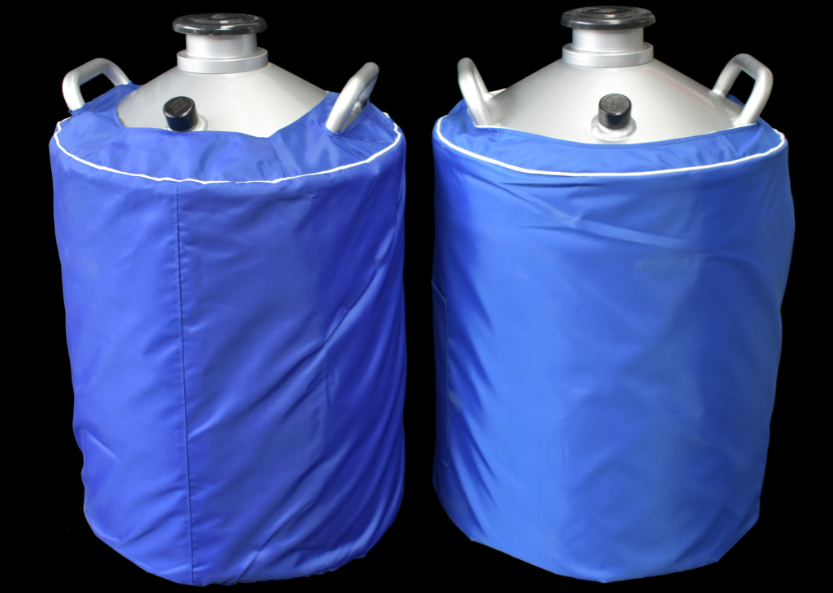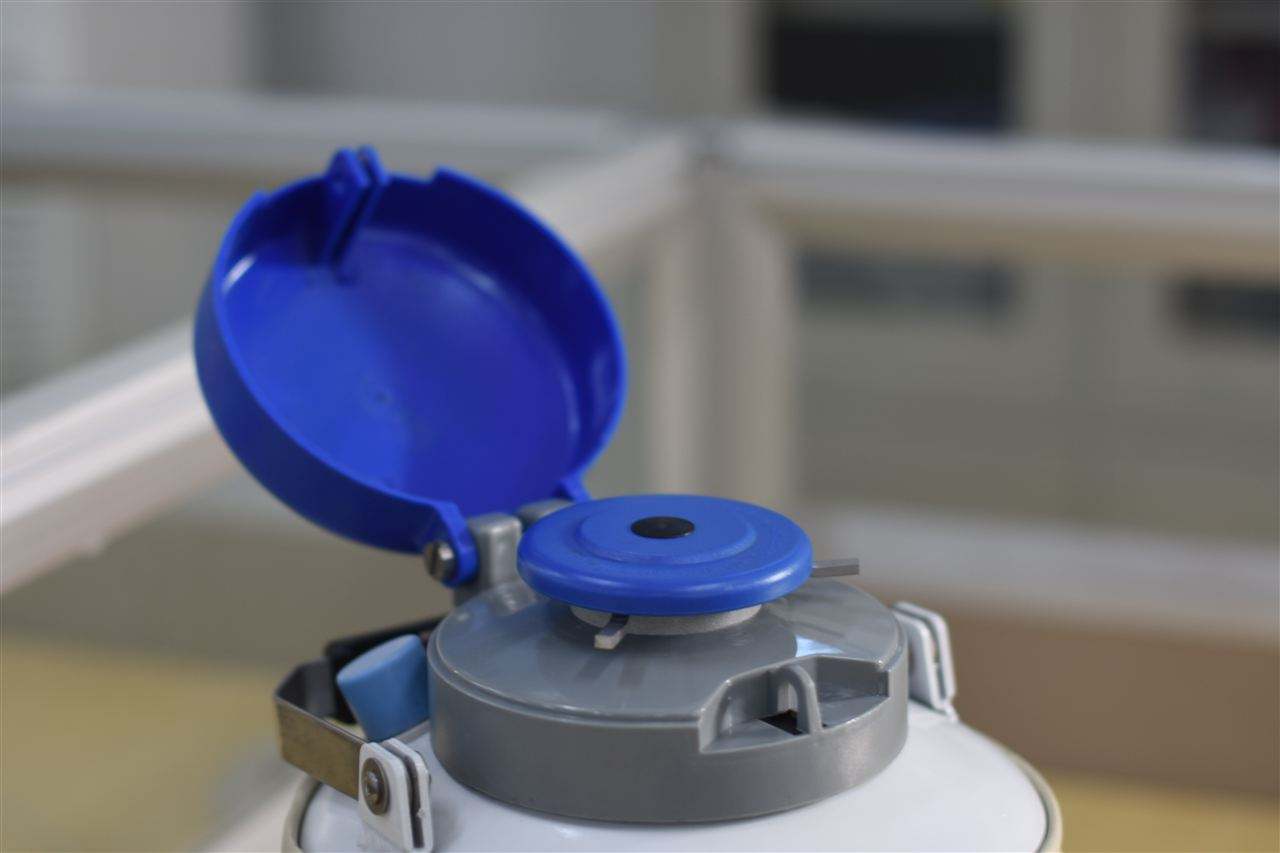Why does the liquid nitrogen tank need to be vacuumed regularly? Maintain detailed disclosure
The key to the ability of liquid nitrogen tanks to maintain ultra-low temperature environments for a long time lies in their double-layer vacuum structure: high vacuum is filled between the inner and outer layers of the tank to block heat conduction and air convection, effectively insulating and reducing liquid nitrogen evaporation. As time goes by, the sealing performance of the vacuum layer may gradually decrease, affecting the insulation effect. Therefore, the liquid nitrogen tank needs to be vacuumed regularly to restore its insulation performance and extend its service life.
1、 Why does vacuum leak?
Although the liquid nitrogen tank has undergone vacuum treatment before leaving the factory, after long-term use, due to material microcracks, seal aging, collision deformation, and other reasons, air will slowly seep into the vacuum layer, resulting in a decrease in vacuum degree. This will result in:
Accelerated evaporation of liquid nitrogen;
Frost or even ice may form on the surface of the tank;
The insulation time has been significantly reduced.
If not dealt with in a timely manner, it not only affects the efficiency of use, but may also bring security risks.
2、 How often does it need to be vacuumed?
Generally speaking, the vacuum layer of a high-quality liquid nitrogen tank can be stable for 3-5 years, but the specific frequency depends on the strength of use and environmental conditions. If abnormal frosting is found on the surface of the tank, liquid nitrogen consumption is significantly accelerated, and insulation time is shortened, vacuum maintenance needs to be considered.
3、 How to operate vacuum pumping?
Vacuum pumping work is usually carried out by manufacturers or professionals, requiring the use of vacuum pumps and pressure detection equipment. The process includes:
Empty the liquid nitrogen and thoroughly dry the tank;
Check if the welds and sealing points are intact;
Connect the vacuum equipment and extract the interlayer air to the standard vacuum degree;
Re seal and test the insulation effect.
4、 How to extend the vacuum life in daily life?
Avoid collisions and impacts;
Avoid prolonged exposure to humid environments;
Cover the lid promptly after use to reduce the infiltration of external gases.
conclusion
Vacuuming is a key step in maintaining the insulation performance of liquid nitrogen tanks. Regular maintenance and proper use can not only save liquid nitrogen consumption costs, but also ensure the safety and stability of the equipment. Don't wait for faults to occur before taking action, early maintenance is the true secret to efficient operation!
Relevant Information
- Don't ignore the accessories of the liquid nitrogen tank
- How Long is the service life of a liquid nitrogen tank? Starting from materials
- What are the misconceptions when adding liquid nitrogen?
- How long is the service life of a liquid nitrogen tank? Starting from materials
- Is it safe to transport liquid nitrogen tanks? The design of wheels, handles, a
- Does the inner container determine everything? Deep analysis of core components
- Is liquid nitrogen evaporating quickly or not?
- What are the requirements for the lid of a liquid nitrogen tank? Don't underest
- Detailed explanation of liquid nitrogen tank safety: how to prevent leakage and
- The insulation technology of liquid nitrogen tank: the secret of ultra long ins
Latest Products
- 110m3 double wall cryogenic Liqu
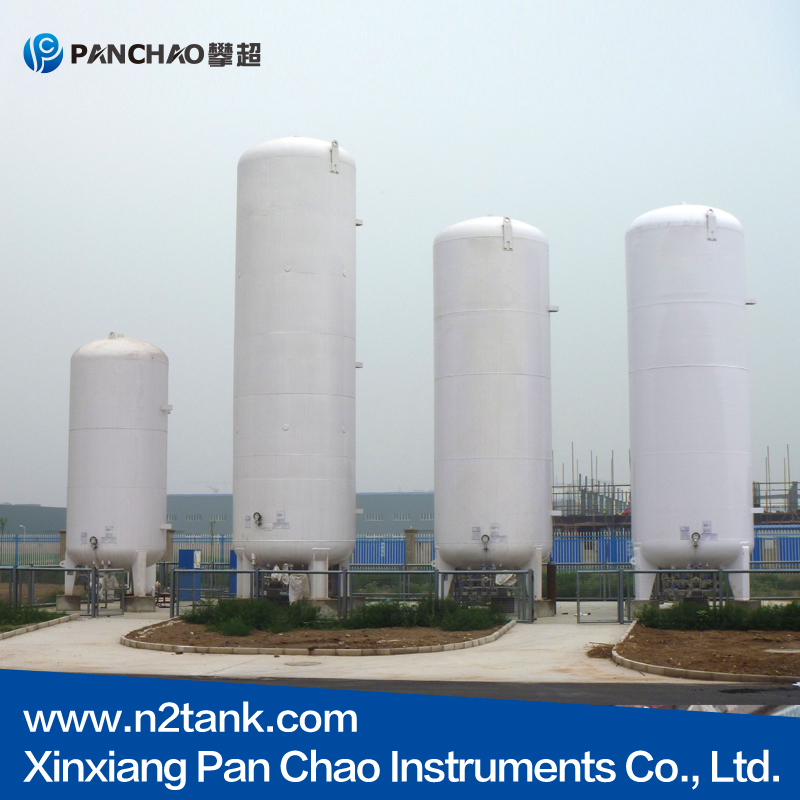
Cryogenic Liquid Tanks are available in vertical or horizonta...[more]
- 2vertical stainless steel pressu
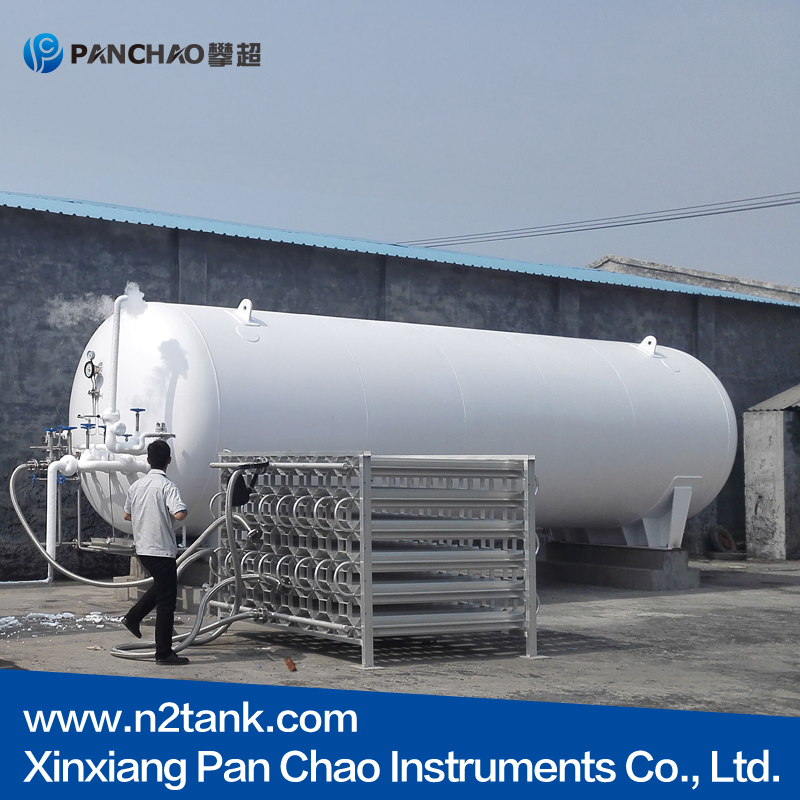
Cryogenic Liquid Tanks are available in vertical or horizonta...[more]
- 310 cubic meters cryogenic Liqui
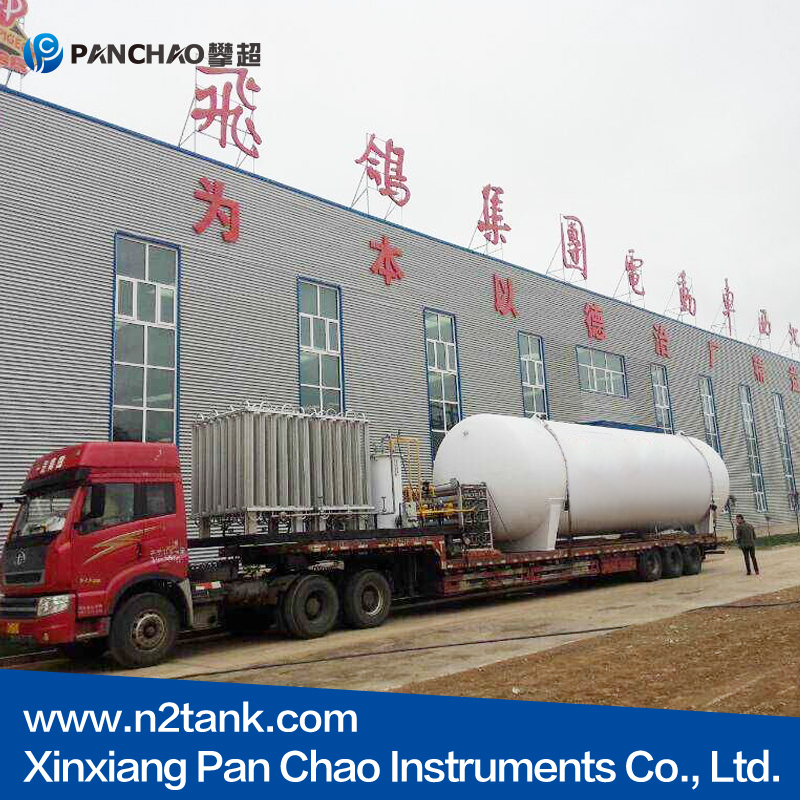
Cryogenic Liquid Tanks are available in vertical or horizonta...[more]
- 4GB150 pressure vessels cryogeni
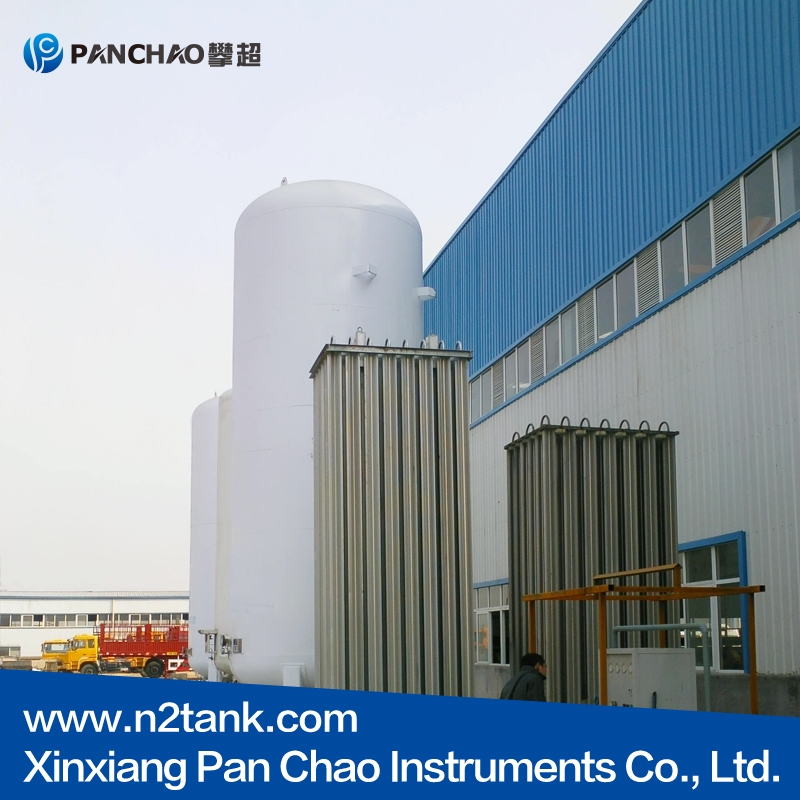
Cryogenic Liquid Tanks are available in vertical or horizonta...[more]
- 5New double Vertical cryogenic L
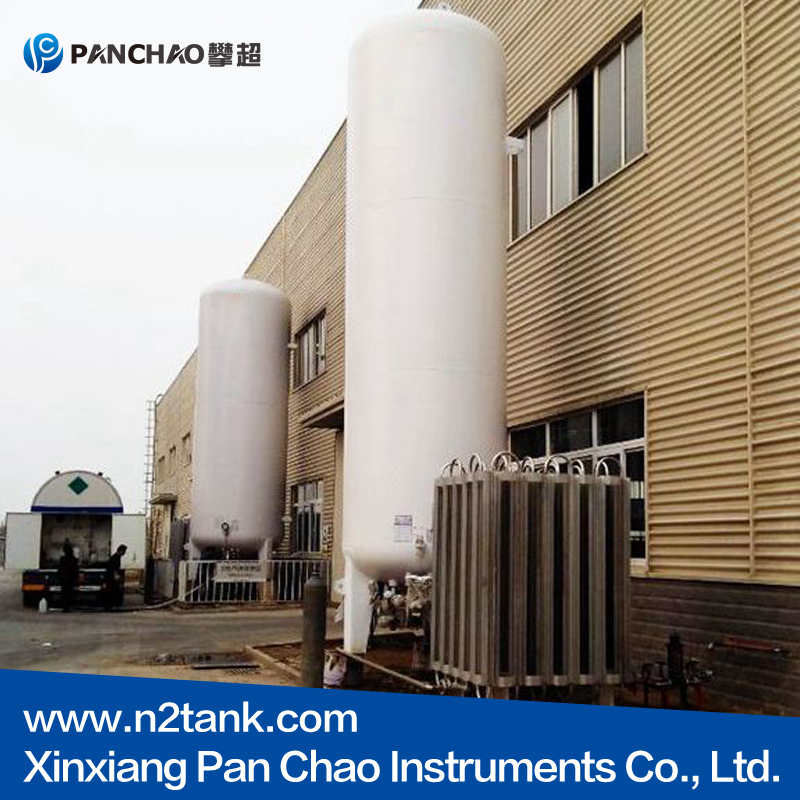
Cryogenic Liquid Tanks are available in vertical or horizonta...[more]
Rankings Of Similar Articles
- Don't ignore the accessories of the liquid nitrogen tank
- How Long is the service life of a liquid nitrogen tank? Start
- What are the misconceptions when adding liquid nitrogen?
- How long is the service life of a liquid nitrogen tank? Start
- Is it safe to transport liquid nitrogen tanks? The design of
- Does the inner container determine everything? Deep analysis
- Is liquid nitrogen evaporating quickly or not?
- What are the requirements for the lid of a liquid nitrogen ta
- Detailed explanation of liquid nitrogen tank safety: how to p
- The insulation technology of liquid nitrogen tank: the secret
Latest Information
- Hot sale thawing cup
- Storage of liquid nitrogen tank
- Application of liquid nitrogen tank in heat treatment field
- Liquid nitrogen tank for nitrogen station
- What is the liquid nitrogen tank made of?
- What is the liquid nitrogen tank made of?
- How to safely use liquid nitrogen tanks?
- Hot selling YDZ liquid nitrogen tank
- Environmental protection and sustainability of liquid nitroge
- Hot selling liquid nitrogen tanks in March

